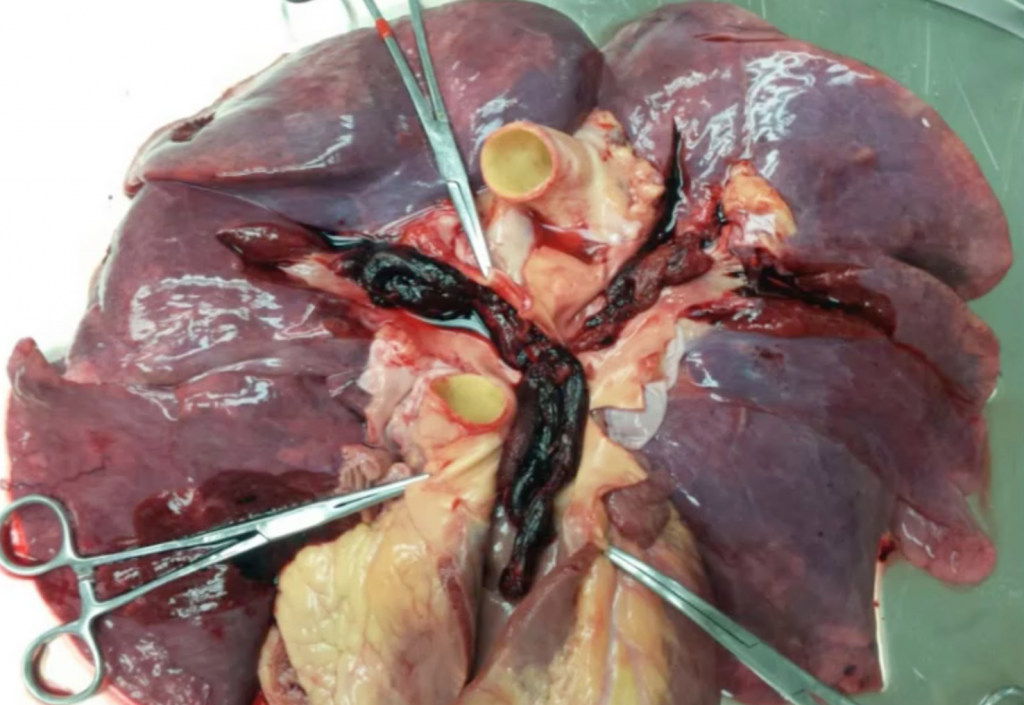This week’s core-content series lecture was given by Dr. Amal Mattu on ICU dysrhythmias. If you think that ACLS is all you need to know for the patient with a new dysrhythmia you are dead-wrong. In this lecture Dr. Mattu goes through a number of high-risk cases that show when standard ACLS algorithms fail, and sometimes delay appropriate, emergent treatment.
Pearls
- Hyperkalemia commonly presents with advanced AV blocks and severe bradycardias! Going down the ACLS algorithm will be ineffective in treating many of the metabolic and toxicologic causes of unstable dysrhythmias.
- Always assume a WCT is Vtach until proven otherwise. If you treat a VTach like SVT, the patient is at risk for death. Adenosine-sensitive VTACH is well described in the electrophysiology literature, so don’t be fooled!
- Beware of the VTACH mimics! By definition VTACH must have a rate > 120 bpm. Any WCT < 120 is more likely to be 2/2 metabolic, tox, or other causes.
- A post-thrombolytic WCT with a rate < 120 (for a STEMI) is a normal reperfusion rhythm. Do NOT treat this rhythm. Antiarrhythmics will cause ASYSTOLE.
Remember the first law of medicine, “primum… no killem.”
Recommended Reading
- For more EKG education by Dr. Mattu, check out: http://ekg.umem.org



